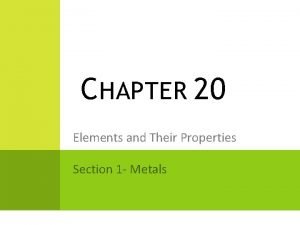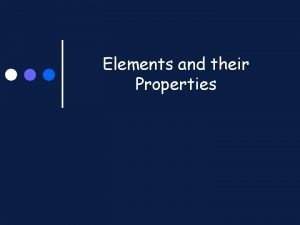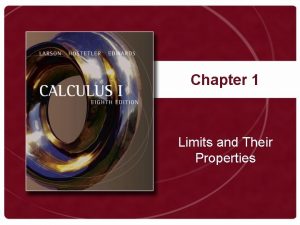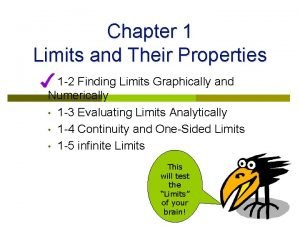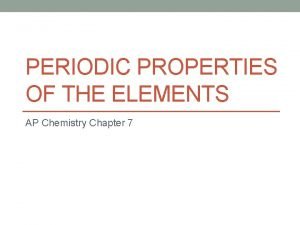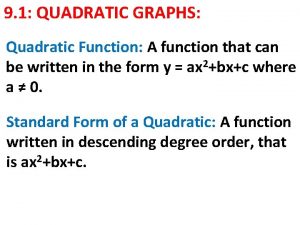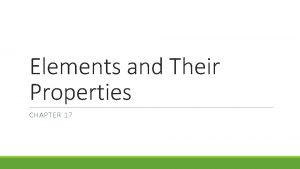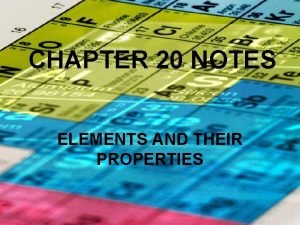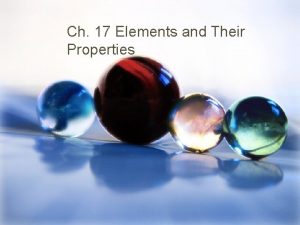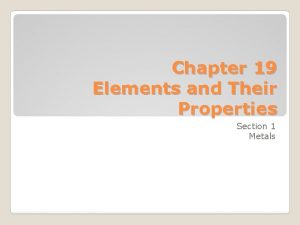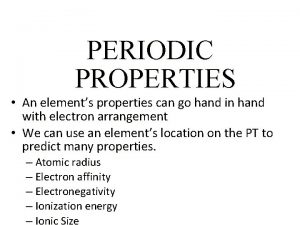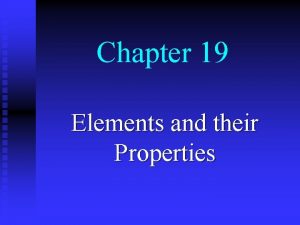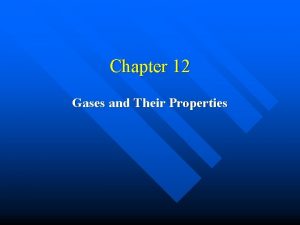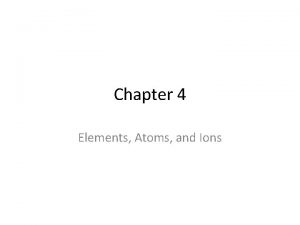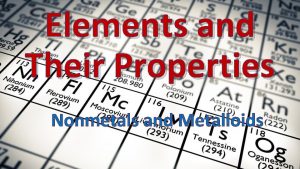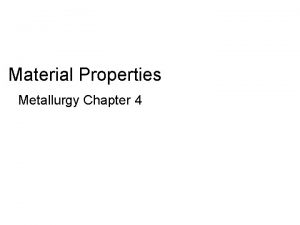CHAPTER 20 Elements and Their Properties Section 1


















- Slides: 18

CHAPTER 20 Elements and Their Properties Section 1 - Metals

M ETALS Metals usually have common properties- they are good conductors of heat and electricity. Metals are malleable, which means they can be hammered or rolled into sheets. Metals are ductile, which means they can be drawn into wires.

M ETALLIC B ONDING In metallic bonding, positively charged ions are surrounded by a cloud of electrons. Outer-level electrons are not held tightly to the nucleus of an atom. Rather, the electrons move freely among many positively charged ions.

A LKALI M ETALS The elements in group 1 of the periodic table are the Alkali metals.

A LKALINE E ARTH M ETALS The alkaline earth metals make up group 2 of the periodic table.

T RANSITION E LEMENTS Transition Elements are those elements in groups 3 through 12 in the periodic table.

T HE L ANTHANIDES The first row includes a series of elements with atomic numbers of 58 to 71. The elements are called the lanthanide series because they follow the element lanthanum.

T HE A CTINIDES The second row of inner transition metals. Includes elements with atomic numbers ranging from 90 to 103. These elements are called the actinide series because they follow the element actinium. All of the actinides are radioactive and unstable.

C HAPTER 20 Elements and Their Properties Section 2 - Nonmetals

N ONMETALS Nonmetals are elements that usually are gases or brittle solids at room temperature. Hydrogen is a gas that forms diatomic molecules. Diatomic molecules consist of two atoms of the same element in a covalent bond.

T HE H ALOGENS Halogens are found in group 17. They are very reactive in their elemental form, and their compounds have many uses.

T HE N OBLE G ASES The noble gases exist as isolated atoms. They are stable because their outermost energy levels are full. No naturally occurring noble gas compounds are known, but several compounds of xenon and krypton with fluorine have been created in a laboratory.

C HAPTER 20 Elements and Their Properties Section 3 - Mixed Groups

M ETALLOIDS Metalloids can form ionic and covalent bonds with other elements and can have metallic and nonmetallic properties.

T HE B ORON G ROUP The Elements in group 13 are known as the Boron group.

T HE C ARBON G ROUP The Elements in group 14 make up the carbon group.

T HE N ITROGEN G ROUP The nitrogen family makes up group 15.

T HE O XYGEN G ROUP The elements in group 16 make up the Oxygen Group.
 Nitrogen group
Nitrogen group Elements and their properties section 1 metals
Elements and their properties section 1 metals Elements and their properties section 1 metals
Elements and their properties section 1 metals Elements and their properties
Elements and their properties Limits and their properties
Limits and their properties Chapter 1 limits and their properties
Chapter 1 limits and their properties Trig limits
Trig limits Chapter 26 section 2 arthropod diversity
Chapter 26 section 2 arthropod diversity Chapter 2 section 1 organisms and their relationships
Chapter 2 section 1 organisms and their relationships Principles of ecology chapter 2 section 1 answer key
Principles of ecology chapter 2 section 1 answer key Principles of ecology chapter 2
Principles of ecology chapter 2 Principles of ecology chapter 2
Principles of ecology chapter 2 Chapter 2 section 1 organisms and their relationships
Chapter 2 section 1 organisms and their relationships Ap chemistry chapter 7 periodic properties of the elements
Ap chemistry chapter 7 periodic properties of the elements Chapter 6 chemistry in biology
Chapter 6 chemistry in biology Chapter 6 section 1 atoms elements and compounds
Chapter 6 section 1 atoms elements and compounds What is intensive in chemistry
What is intensive in chemistry Chemical property definition
Chemical property definition 9-1 quadratic graphs and their properties
9-1 quadratic graphs and their properties

